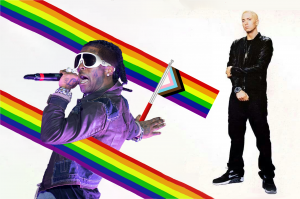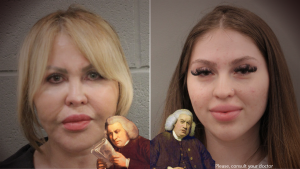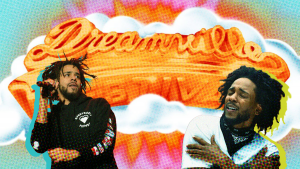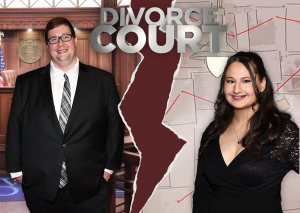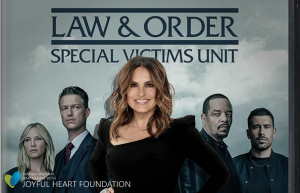Netflix’s platform has given way for a lot of experimentation, creativity and overall freedom in the television world. Unlike networks, it isn’t relying on viewership or advertising, rather an increase of subscriptions. And there’s no better way to keep those rolling in than by producing an exclusive, binge-worthy series.
Its latest hit show, “Stranger Things,” is the epitome of an 80s horror fan’s wet dream, as well as a seemingly fresh storyline to a younger audience.
At first glance, one may find it interesting that the producers chose a television series instead of a movie, seeing as the storyline is relatively clear-cut and easily condensable. But in fact, they couldn’t have made a better decision.
Instead of shortening the plot, the Duffer Brothers devote a great deal of time on character development and had the opportunity to flesh out the minor details. These are huge draws for both the newcomer and loyal horror fan.
The novice finds enjoyment in the suspenseful moments and the acting skills of the cast. Memories of “E.T.” may flash across their minds, but just for a moment. There’s little to no knowledge of the not-so-subtle subtleties throughout the series, so their focus is instead on the incredible performances of Millie Bobby Brown (Eleven) and her crew.
Meanwhile, the longtime sci-fi junkie can obsess over identifying all possible parallels and aspects of the show that correlate to predecessors in film, literature and the like.
The most notable borrowed depictions are from “Star Wars,” “The Goonies,” Stephen King novels and anime “Elfen Lied.” However, most people fail to realize the conspiracy theory that fueled the creation of “Stranger Things.”
The U.S. Department of Energy’s fictional national laboratory in Hawkins, Indiana, is inspired by a secret government project in the coastal town of Montauk.
According to NY Daily News, around the time of World War II, the Montauk Project focused on mind control, with the hopes of enhancing those with supernatural sensitivity and using their abilities in psychological warfare. Its validity is neither here nor there; the Duffer Brothers clearly implement this theory to drive their narrative.
The real magic of “Stranger Things” is its mix of inspiration and adaptation. They could have done a remake or a sequel of sorts, but they managed a new, hybrid species altogether. Many people believe all good film, television and book subjects have been taken, recycled or monotonous.
“Stranger Things” proves there’s never a shortage of inspiration from creators and talent from actors to conjure entirely new classics, even if they are reminiscent of previous material.
Despite its success, the announcement of a second season has brought about split reactions. Several fans are disappointed and frustrated, believing the summation of season one is better left untouched, while others eagerly await the show and the promise of an entirely new direction.
See you in 2017, “Stranger Things.”
